

Design literacy
Learning areas » Green Ship
Scenario
We create a news page by manipulating information with photos
Target group
secondary education students and above, with basic media literacy skills
Duration
60 min
Educational topics
WOW priority topics covered:
- Communication skills
- Media literacy
Expected learning outcomes
- Participants will be able to identify characteristics of design elements that may distort the perception of content
- Participants will be able to identify how the perceived importance of information can be altered through presentation
- Participants will be to present information in different w
Metodologies
paper mock-ups of publications and web pages
Place / Environment
Any room, preferably one with big tables Optionally, the scenario can be done on computers in a computer lab or on tablets
Tools / Materials / Resources
cutouts of blocks of text and images (from magazines, newspapers or especially created for the exercise), large sheets of paper and glue or tape, scissors, computer, printer
Step by step description of the activity / content
Trainees are given a few examples of pages of newspapers, magazines and websites and are asked to recognize categories of design elements (images, body text, heading text, drawings, tables & charts, incidental graphics etc.) and their specific characteristics (size, colour, font, style, positon, relationship to other elements etc.), facilitated by the trainer. There is a brief discussion about the possible effects of these characteristics on the way the actual content (the information in the text and images) is perceived, then the exercise starts.
Pieces of content on the same topic, with different presentation formats (sizes, colours, fonts, framing for photos etc.) are chosen from different publications, or they can be created purposefully to have more control over the activity. The participants are divided into groups of 3-5 people and are given pieces of content on a topic with different presentation characteristics. Pairs of two groups are given the same type of content, on the same topic. They also receive a large sheet of paper or cardboard, glue, and scissors, and they are asked to choose from their pieces of content to paste on the empty piece of paper or cardboard and create pages (of newspapers, magazines or websites) that communicate certain pieces of information more saliently. The pairs of groups that have the same content are given different objectives (make a story more important than another, put a specific character in a negative or positive light, suggest a conflict between parties etc.). The trainees are also expected to read the content of the materials they are laying out, so is should be chose in such a way that it is familiar and/or easy to understand.
The groups are given some time to finish their layouts and they then present them to the other groups. The groups that have been paired present in succession.
Feedback
All the participants discuss about the way they perceive the content on the different pages and why there is a difference. The trainer writes the conclusions down on a flipchart or board to sum up the findings of the experiment.Assessment & Evaluation
if additional assessment is needed, participants can be given layouts or paired alternative layouts in which to identify the way in which the presentation of the information affects the content and explain the process.


